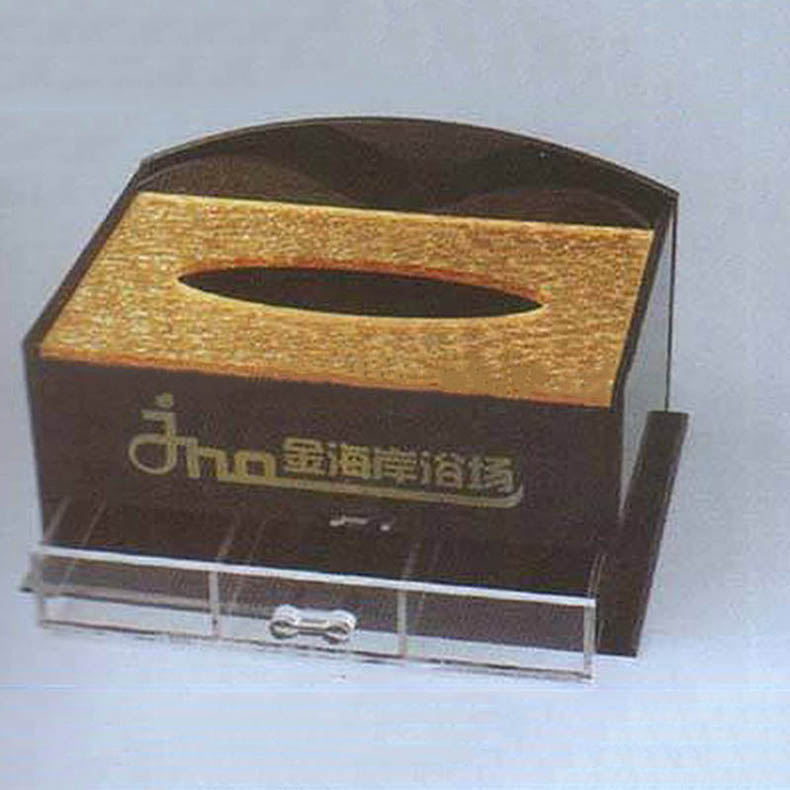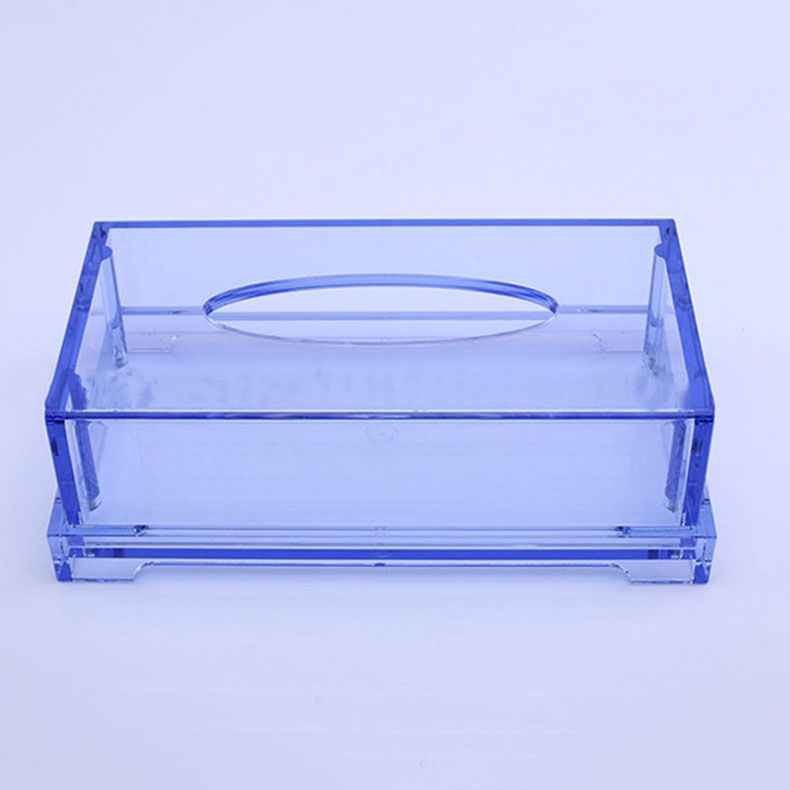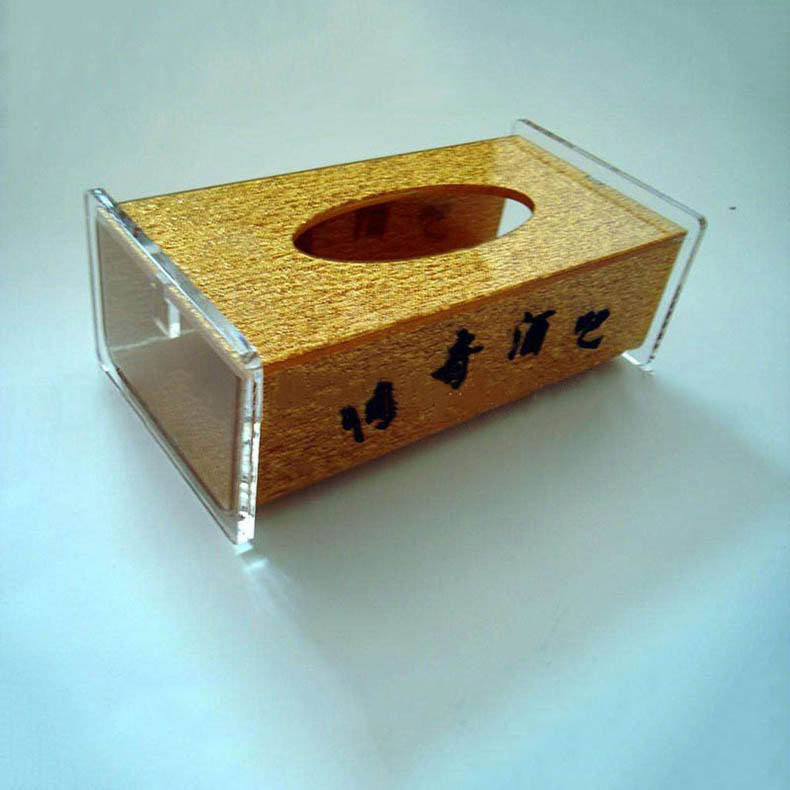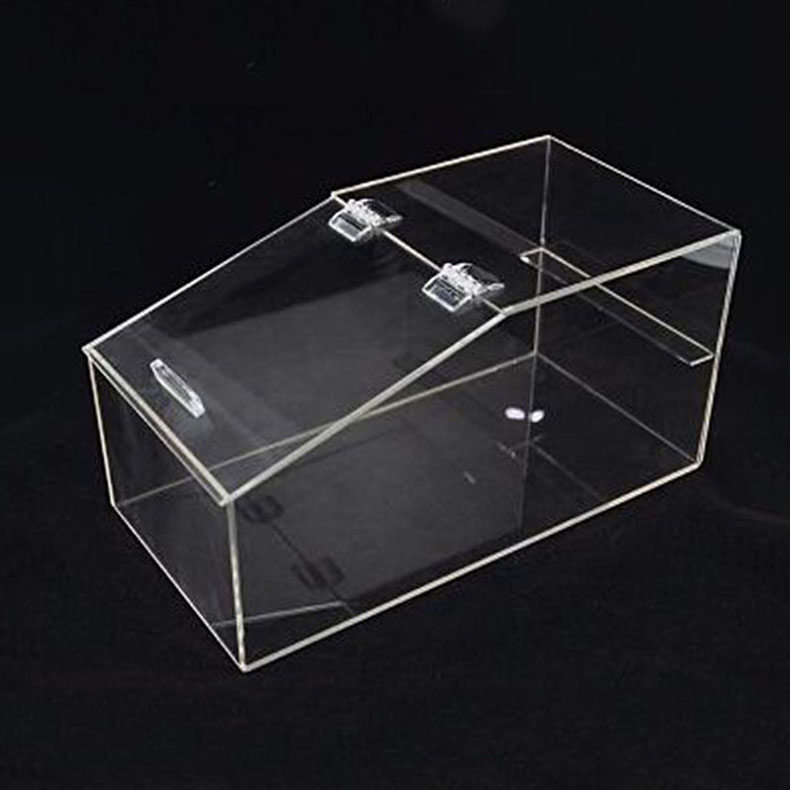Crafting Your Own Homemade Clock: A Step-by-Step Guide
Creating a homemade clock can be a rewarding and fulfilling DIY project that allows you to personalize your timepiece according to your tastes and preferences. Whether you're a seasoned crafter or a novice enthusiast, making a homemade clock is a fun and creative endeavor that requires only a few basic materials and some imagination. In this comprehensive guide, we'll walk you through the step-by-step process of crafting your very own clock from scratch.
Materials Needed:
Before you begin, gather the following materials:
1. Clock mechanism kit (including clock hands, motor, and mounting hardware)
2. Clock face template or material (such as wood, cardboard, or acrylic)
3. Decorative elements (such as paint, markers, stickers, or decoupage materials)
4. Optional: Drill, sandpaper, saw (if customizing a wooden clock face)
5. Batteries (if required for your clock mechanism)
Step 1: Choose Your Design:
Start by deciding on the design and size of your clock. Consider whether you want a traditional round clock, a square or rectangular shape, or perhaps something more unique like a whimsical animal silhouette or a geometric pattern. Sketch out your design on paper or use a pre-made clock face template as a guide.
Step 2: Prepare Your Clock Face:
If you're using a material like wood, cardboard, or acrylic for your clock face, prepare it accordingly. Cut the material to the desired shape and size using a saw or utility knife. Sand the edges smooth and wipe away any dust or debris. If you're painting or decorating the clock face, now is the time to do so. Let the paint or decorations dry completely before proceeding.
Step 3: Install the Clock Mechanism:
Follow the instructions provided with your clock mechanism kit to install the clock hands, motor, and mounting hardware onto your clock face. Typically, this involves inserting the motor shaft through the center hole of the clock face and securing it in place with a washer and nut. Attach the hour, minute, and second hands onto the motor shaft according to the provided instructions, ensuring they are aligned properly.
Step 4: Add Numerals or Markers (Optional):
If you prefer, you can add numerals or markers to indicate the hours and minutes on your clock face. These can be painted on, applied as stickers, or stenciled using markers or paint. Alternatively, you can leave the clock face blank for a more minimalist look.
Step 5: Personalize Your Clock (Optional):
Get creative and personalize your clock with additional decorative elements. This could include adding photos, decals, stickers, or embellishments that reflect your interests, hobbies, or personality. Experiment with different materials and techniques to make your clock truly unique.
Step 6: Test Your Clock:
Insert the required batteries into the clock mechanism (if applicable) and set the time according to the instructions provided with your clock kit. Hang your homemade clock on the wall using mounting hardware or a hook, making sure it is securely fastened. Step back and admire your handiwork as you watch the hands tick away the time.
Step 7: Display and Enjoy:
Find the perfect spot to display your homemade clock where it can be admired and appreciated. Whether it's in the living room, kitchen, bedroom, or office, your DIY creation is sure to add a touch of charm and personality to any space. Sit back, relax, and enjoy the satisfaction of knowing that you crafted a functional piece of art with your own two hands.
In conclusion, making a homemade clock is a fun and rewarding DIY project that allows you to unleash your creativity and customize a timepiece that reflects your unique style and personality. With just a few basic materials and some imagination, you can create a one-of-a-kind clock that not only tells time but also serves as a decorative accent and conversation starter in your home. So roll up your sleeves, gather your supplies, and let your inner artisan shine as you embark on this delightful crafting adventure.








